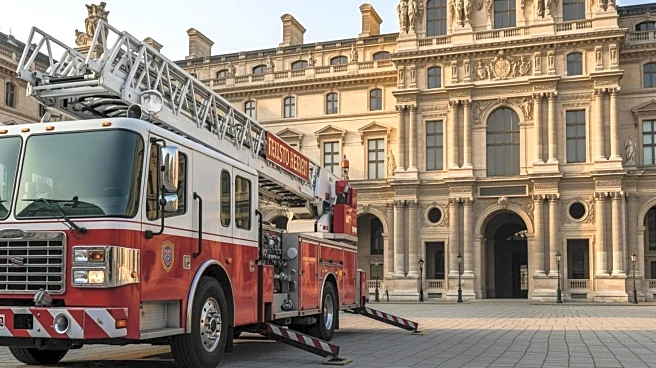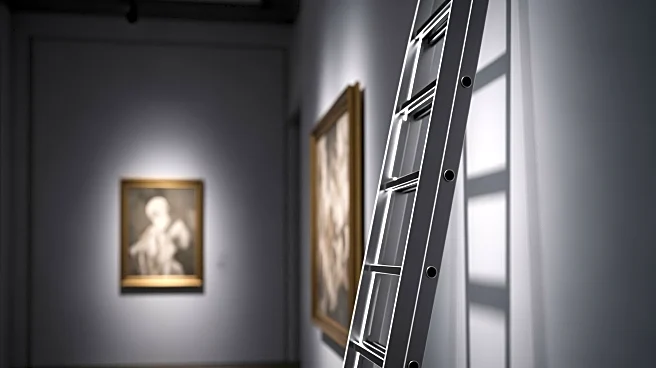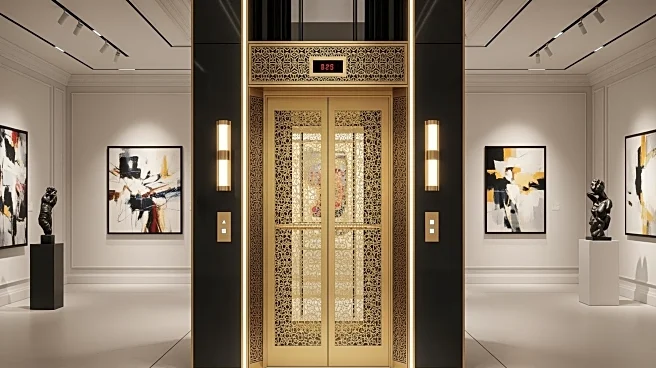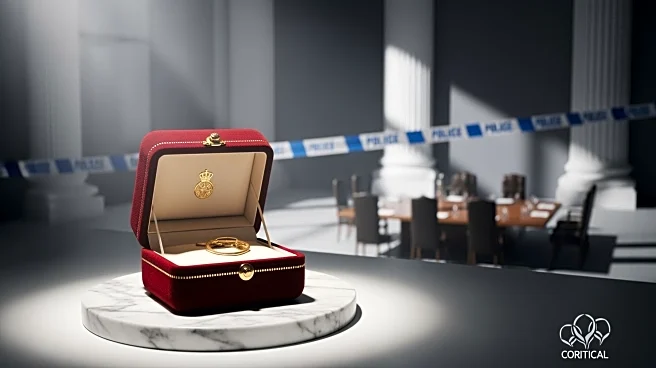What's Happening?
Bocker, the German company whose lift was used in the Louvre Museum heist, has launched a new advertising campaign capitalizing on the incident. The company posted a humorous ad on social media, highlighting
the lift's capabilities in moving treasures quickly. The lift was stolen during a demonstration and used by thieves to access the museum's balcony, facilitating the theft of jewels worth €88 million. The campaign has received positive feedback, with social media users praising the company's marketing approach despite the serious nature of the crime.
Why It's Important?
Bocker's marketing strategy demonstrates the potential for companies to leverage unexpected events for brand visibility, raising questions about the ethical boundaries of such practices. The campaign highlights the intersection of business and cultural events, showcasing how companies can navigate public relations challenges. The incident underscores the importance of corporate responsibility, as businesses must balance humor with sensitivity in their communications. The positive reception of the campaign may encourage other companies to adopt similar strategies, influencing marketing trends.
What's Next?
Bocker may continue to capitalize on the publicity generated by the heist, potentially expanding its marketing efforts to further enhance brand recognition. The company might face scrutiny regarding its involvement in the incident, prompting discussions on corporate ethics and responsibility. The Louvre Museum is likely to address security concerns, potentially impacting the company's reputation and future business opportunities. The incident may lead to broader conversations on the role of humor in marketing and the ethical considerations of capitalizing on criminal events.
Beyond the Headlines
The campaign raises questions about the cultural implications of using humor in marketing, particularly in the context of serious events. The incident may influence public perceptions of corporate ethics, prompting discussions on the balance between business interests and social responsibility. The theft highlights the vulnerability of cultural institutions to sophisticated criminal operations, potentially leading to increased collaboration between businesses and law enforcement agencies to enhance security measures.











